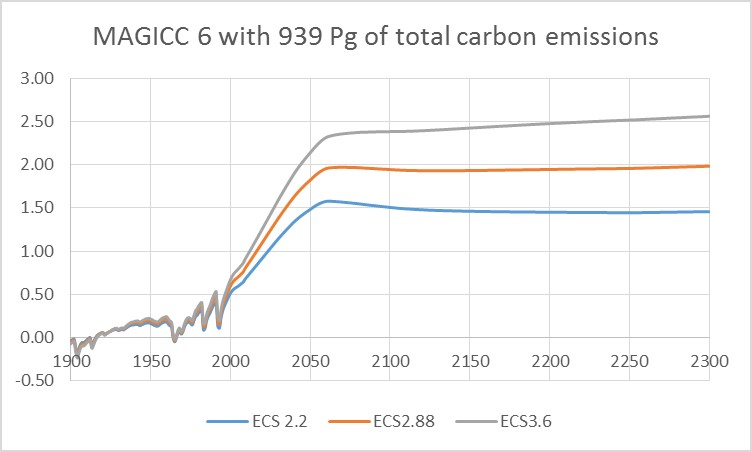By Dennis Coyne
Note that non-Petroleum comments should mostly be in this thread.
A separate petroleum thread will be posted soon.
I created an optimistic scenario for future emissions based on low population growth (UN low fertility scenario) and energy intensity of real GDP that decreases by 0.93% until 2050 and then the rate of decrease gradually falls to 0.13% by 2100, other energy demand assumptions are similar to my previous high demand scenario in an earlier post (Energy Transition).
It is assumed that non-fossil fuel energy supply increases enough to satisfy demand until 2032 when the growth rate of non-fossil fuel energy(NFFE) supply has reached 5% per year. From that point the NFFE supply continues to increase at 5% per year and demand for fossil fuels is reduced as NFFE replaces fossil fuels. I assume for simplicity that any extra NFFE (that is greater than NFFE demand) replaces coal first, then oil, and finally natural gas until fossil fuel energy demand is zero in 2058.
The scenario is too optimistic because there will be some uses of fossil fuel which will be difficult or impossible to reduce completely by 2058.
The fossil fuel emissions scenario is shown in the chart that follows and can be downloaded at the link below.
https://www.dropbox.com/s/76hasvu73fmbv07/RCPMDB.SCEN?dl=0

Read More


